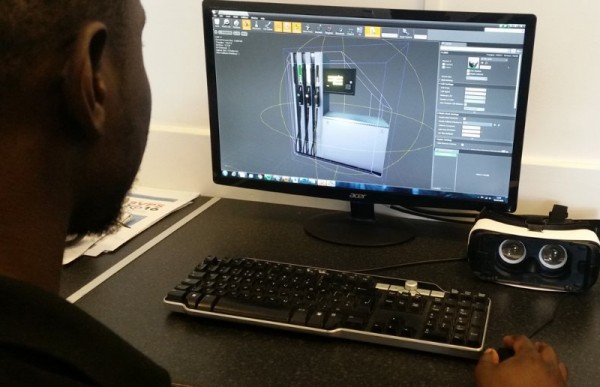Cheating in ELearning. 7 things HR professionals need to know.
Cheating is a topic those who are new to ELearning will often raise. Do staff really do the training they’re allocated, how can you prevent fraud, and is it not just “click-click-click….”? When you are investing in a new way of doing training across your company you’ll want to make sure that the content is engaging, that it is thorough and that it’s being successfully completed by the right person. In the following article we examine the key themes of if and why people cheat, how we can prevent it, and why ELearning is now the rapidly expanding method of delivering training for the biggest companies around the globe.
- Types of Cheating
One of the questions we get asked all the time is how can we prevent cheating in ELearning? And the truth is that cheating is a huge problem in any educational environment whether online or in a classroom. Colleges and universities have, for years, been struggling against new and innovative methods of cheating. These can come in the form of identity fraud like the use of fake ID’s and student cards, plagiarism, students writing answers on discrete items or hands, circulating answers around before tests so that others can memorise them. There are so many methods that colleges have gone to great and expensive lengths to crack down on it.
There is a common misconception that cheating in Elearning is much easier and much more prolific than in other learning environments. It is assumed that if people have the ability to cheat, they will.
- Studies and Statistics
The statistics, however, show that where learners feel more comfortable, less stressed and more in control of their own learning experience they are less inclined to cheat. Breaking down the formalised barriers between learners and educators and disrupting that hierarchy has proven to increase learner satisfaction with both the quality and process of their education.
Nettles, et al., (2000) report that, while the majority of the 49 studies they examined reported no significant difference between e-learning and traditional classroom education, nearly 30 percent of the studies report that e-learning programs had positive outcomes based on student preference, improved grades and higher cost effectiveness.
This study found that e-learning “empowers students to engage actively in language-content learning tasks and to develop higher-order critical thinking, visualization, and literacy skills.”
- Reasons for Cheating
Understanding the extent of cheating and coming up with ways to prevent it begins with understanding why people cheat in the first place. One of the top reasons is peer pressure and competition. Sitting in a hall watching others around you furiously scribble away and fly through the paper creates a sense of overwhelming stress in some people which can encourage them to impulsively act to alleviate the sense that everyone is doing better, they copy their neighbours or sneak online on their phones. Others may suggest before the test that they intend on cheating and so there is a pressure not be penalised grade-wise in relation to those you fear may get a better grade simply because they cheated. Online learning takes that peer pressure away as it gives learners a chance to study at their own pace and sit the tests when they feel comfortable that they can pass.
- Preventative Measures
Not only does this show that learners are less inclined to cheat but there are also numerous measures available to counter cheating in ELearning.
Our content uses bitesized snippets (1-3 minutes) in order to maximise concentration and the ease at which learners can engage and complete the courses. They are simple to understand so it makes very little sense for anyone to cheat on them. These modules are designed so that learners of all levels and ability can actively participate in and learn from them.
Regardless of whether or not people will cheat there are precautions which are used to minimise the risk such as question banks used for knowledge checks and assessments. Ferriman suggests that “randomizing the order of questions on a test is a simple step that can deter cheating. Test makers can also mix up the answers to each question so no one can memorize the letter or number of the correct choice. Instead, they’d have to memorize the answer — and isn’t that the point, anyway?” Question banks are a great way to do this.
Some course providers even request the use of PPS or SS numbers as login details as they have found participants far less likely to share this information either in full or in part with anyone.
There are of course more elaborate and expensive methods to control cheating. Some institutions use webcams to monitor and confirm the identity of the learner, while also checking signs such as looking off screen repeatedly.
- Benefits of ELearning Compared to Traditional Forms
From ‘Practice makes perfect’ to the ‘10,000 rule’, there are so many examples which suggest that rote learning (learning through repetition) is advantageous when it comes to retention. With ELearning learners can retake any of the modules as frequently as they need or want, in traditional classroom based learning this does not happen, certainly not at the rate it should. Some learners learn at different rates and classroom training must accommodate all levels. This does the opposite in fact as it pleases no one. Those who can keep up get bored by the repetition and those who need extra time become exasperated and embarrassed by the attention and the constant need to request the same information. Likewise being able to pause a course allows learners the time to stop and assess their own learning and to take some breathing space if they require it.
Formal tests can be daunting for many students and result in lower grades achieved not because of inability but due to stress. By placing learners in control of the learning process they also feel more in control over the outcomes.
Engagement can often be tricky with classroom based learning but with ELearning gamification, immersive virtual reality and other innovations help to keep learners focused and interested in not only participating but in the learning itself. Instant feedback keeps people motivated throughout the process allowing them to see just how well they perform.
The reason these things are important when talking about cheating in elearning is that they help learners to feel in control, less stressed and more motivated to actually learn, not just to pass. Furthermore the tests are not of primary importance, even if given the answers the participants are learning and picking up relevant information simply by repetition of material, by visual cues and active participation.
- Legal Implication
Just like with any formalised testing the onus is on the individual to be honest and truthful in state exams if you are caught cheating you can be excluded from sitting any state exams in the future. Many learning providers also adopt this model meaning the risk of being caught can ultimately affect your entire future in the industry, you can be refused access to renewing or applying for vital permits and certification. When it comes to compliance you can be held personally liable for putting the health, safety and welfare of other and yourself at risk. This can result in hefty fines and even prosecution.
As an employer, through Elearning, you can actually help to monitor and verify certification and completion of relevant training.
- Choosing ELearning
If you still aren’t convinced ELearning could definitely still be for you. You can always try a blended learning approach which requires all learners to sit a practical exam or take a formal test to verify knowledge and competency after having completed the online course and before beginning work.
So, if you want to reduce the cost and increase the standard of your staff training in compliance and soft skills Elearning is the most engaging and cost effective way to do just that. Reducing cheating and increasing retention rates the bitesized, gamified method of Elearning has been revolutionising the way businesses operate.
03/02/2016 See all posts





